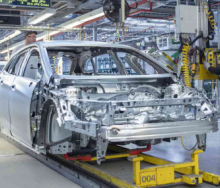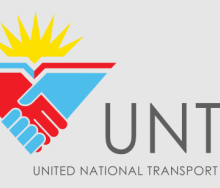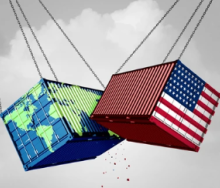Japan has announced plans to construct a network of AI-controlled automated conveyor belts to transport cargo over more than 500 kilometres between Tokyo and Osaka to solve its looming logistics congestion crisis.
According to Japan News, the Ministry of Land, Infrastructure, Transport and Tourism’s proposal envisages a network of huge conveyor belts, dubbed the Autoflow-Road, which would run on tracks through underground tunnels built below major highways connecting the cities. It will also run on above-ground tracks in the middle of the roads and alongside the shoulders of motorways in some places.
“Automated logistics roads are designed to get the most out of road space by utilising hard shoulders, median strips [central reservations] and tunnels beneath the roadway,” said Shuya Muramatsu, a senior official in the ministry’s road economics research office.
“Our study is examining the impact on road traffic, including on surrounding roads, and costs,” he said.
According to documents on the ministry’s website, the Autoflow-Road proposal aims to confront the country’s looming logistics congestion crisis as the country faces a delivery driver shortage. New employment rules also cap drivers’ weekly overtime at just 18 hours. The conveyor belts will replace 25 000 trucks that currently move cargo by road.
A recent Nomura Research Institute study forecasts that 1.4 billion tonnes of freight will be transported by road by 2030, a marginal decline from the 1.43bn tonnes estimated in 2020.
According to the study, the country’s delivery driver workforce is also projected to drop 36% from 660 000 in 2020 to 480 000 by 2030, which could leave the transport industry unable to meet freight delivery demands. Rural areas will be most severely impacted, with north-eastern Tohoku and southern Shikoku facing a 41% driver shortfall.
Transport minister Tetsuo Saito, who unveiled the plan on Sunday, said the Auto-Flow Road would not only confront “the logistics crisis but also help to reduce greenhouse gas emissions. We would like to speedily proceed with discussions on the matter”.
The ministry aims to leverage learning experiences gained from existing high-capacity conveyor belt systems, such as the 23km belt at Torigatayama limestone mine in Kochi prefecture and the 100km system that transports phosphate from a remote mine in the Western Sahara to the nearest port. These technologies could provide a model for the development of the Autoflow-Road’s above-ground freight track network.
The proposal envisages that pallets that can hold up to one tonne of cargo will be placed on the conveyor belt, which would operate 24 hours a day and deliver the same amount of freight as 25 000 drivers per day.
Muramatsu was cautious about the cost of the project saying only it was “under consideration”. He did not provide a timeline for when the system might be operational or how much it would cost to run.
Yomiuri newspaper reported that Autoflow-Road’s biggest challenge would be the cost of the development, as construction of the underground tunnel and conveyor belt alone could reach 80 billion yen ($508 million) per 10km stretch.













